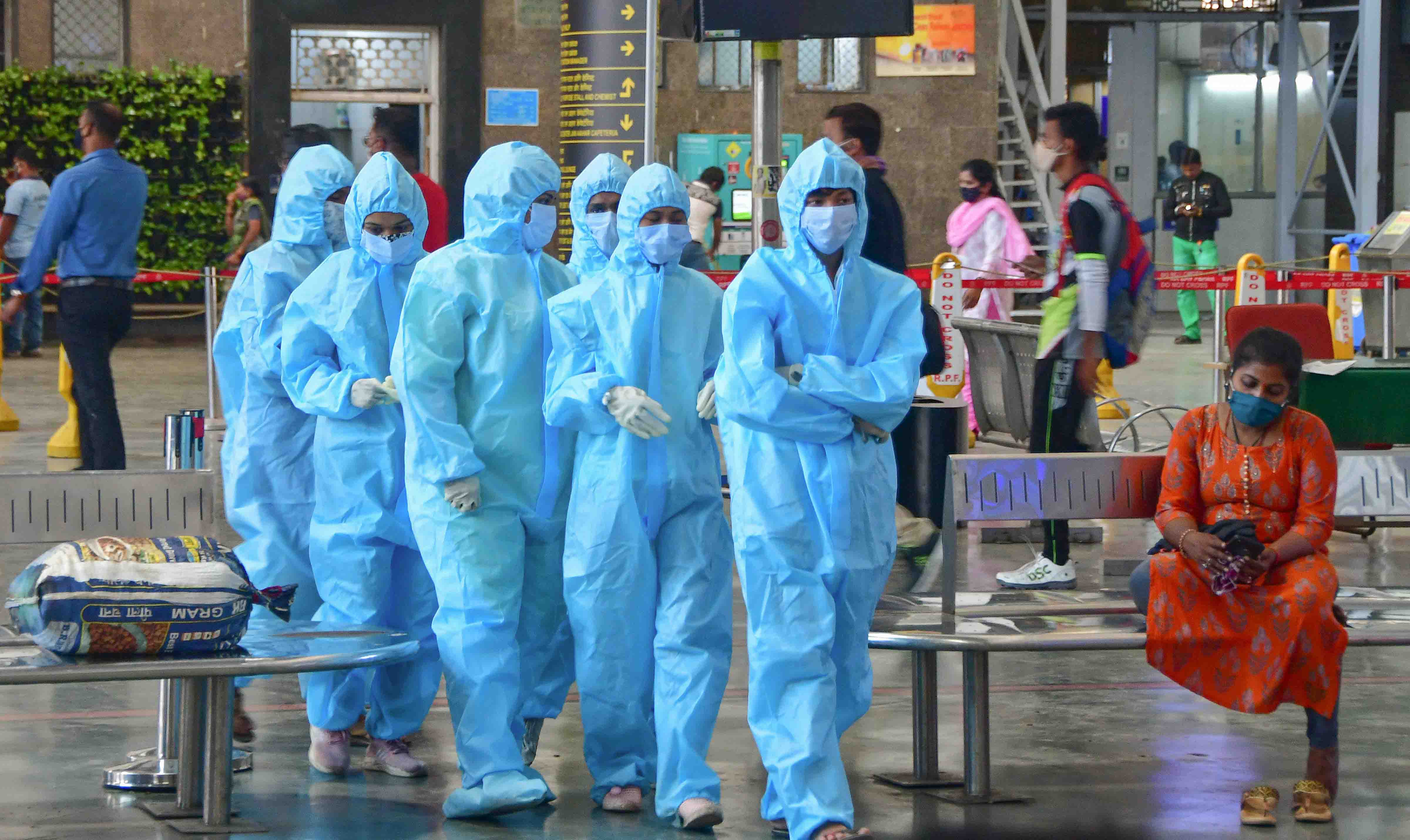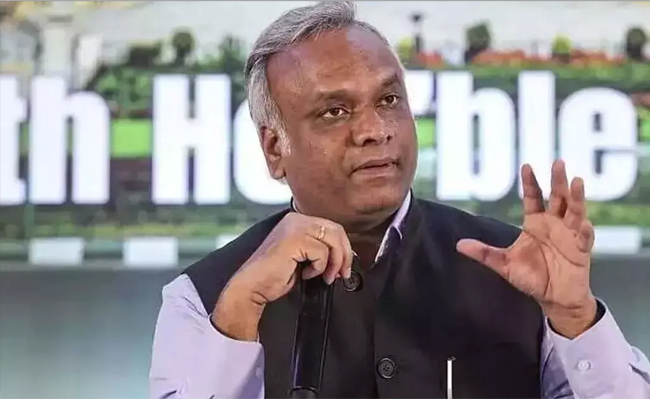Thiruvananthapuram, May 21 (PTI): As many as 182 Covid-19 cases have been reported in Kerala in May so far, state Health Minister Veena George said on Wednesday.
The highest number of cases was reported in Kottayam district (57), while 34 and 30 cases were reported in Ernakulam and Thiruvananthapuram, respectively, during the period, she said after chairing a meeting of the state-level Rapid Response Team (RRT) here.
George urged people to be vigilant, as there is a possibility of an increase in Covid cases in Kerala as well, as large numbers of the infection are being reported in Southeast Asian countries.
The Omicron JN.1 variants, LF.7 and NB 1.8, which are spreading in these countries, have a higher potential for disease transmission, but the severity is not that high, she noted in a statement.
Stressing the significance of self-protection, the minister said those with symptoms such as a cold, sore throat, cough, and shortness of breath must wear a mask.
It is advisable for the elderly, pregnant women, and those with serious illnesses to wear masks in public places and while travelling, she said, adding that masks are mandatory while visiting hospitals.
Health workers must also wear masks, George said.
Instructions have been issued to conduct Covid tests for those coming to hospitals with symptoms in the state. Directions have also been issued to ensure RTPCR kits and other safety equipment are there, the statement further said.
George also urged people to be cautious against dengue, rat fever and waterborne diseases in view of the impending rainy season.
Besides the health minister, health secretary, national health mission (NHM)'s state mission director and health director were present during the RRT meeting, the statement added.
Let the Truth be known. If you read VB and like VB, please be a VB Supporter and Help us deliver the Truth to one and all.
Bengaluru: Rural Development and Panchayat Raj Minister Priyank Kharge has alleged involvement of the Rashtriya Swayamsevak Sangh (RSS) in a money transfer network at global level.
Posting his allegation on his personal ‘X’ account on Saturday morning, Kharge said that he was referring to an issue that had not been dealt with decisively by Indian media houses.
“Here is a crucial story that the Indian media will never touch,” the minister has said, and clarified, “This so-called “body of individuals” has built a global network of over 2,500 affiliated organisations. Through these fronts, the RSS collects “guru dakshina” to fuel its divisive agenda. (sic)”
Kharge has further alleged, “The world’s largest NGO is running amok, laundering money and evading accountability.”
The minister added, “Here is a map of their organisational architecture of their “Vichar Parivaar.” https://rssproject.caravanmagazine.in / @thecaravanindia”





